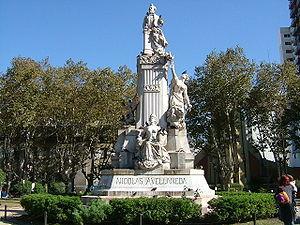Buenos Aires, Buenos Aires Capital, Argentina
Suggest Place to Visit
7198
Track to location with GPS |
 |
Its original name was Barracas al Sur.
In 1620, the colonization of the lands of the Avellaneda Party began after re-founding the city of Trinidad and the port of Buenos Aires by Juan de Garay, it was granted to the Adelantado Juan de Torres de Vera y Aragón.
1731 by order of the authority, barracks are installed on the ´´Puerto del Riachuelo´´ which was an anchorage and natural port. These barracks were scattered along the banks of the Riachuelo and transmitted the name to the place where they were established.
In 1750, the area near the Riachuelo acquires commercial characteristics, it already has a large number of barracks.
1784 the lands belonged to the ´´Pago de la Magdalena´´, divided into three parties: San Vicente, Magdalena and Quilmes, and since then these lands have been part of the Quilmes district until the middle of the 19th century.
1791 the ´´Puente de Gálvez´´ rises in the surroundings, the first one over the Riachuelo.
In 1817 a chapel is built on the banks of the Riachuelo.
In 1839 permission is given to say mass in the ´´Italian Chapel´´ near the bridge, which was granted.
1850 saladeros are settled.
In 1852 the town began to be called Barracas al Sur.
once the Partido de Barracas al Sur has been erected, the Justice of the Peace, 1st. judge Martín J. de la Serna.
In 1852, three public schools were created, one for boys and two for girls. One of the latter in the area ´´Lomas de Zamora´´. These schools were founded by the Justice of the Peace de la Serna, being a tutor at the Venancia Cruz de Linares girls' school.
In 1853, the Capilla del Italiano was an interim parish until the church was built, and the same limits from the Party to the Curate were agreed on 24 December.
1854 the Justice of the Peace Pedro Alais summons the surveyor Mariano Moreno to carry out the urban layout. With the creation of the ´´Municipality of Campaign´´, municipal elections are held in Barracas al Sur.
April 11, 1855, the elections are approved. In November of that year it is resolved that the Municipality be installed as of January 27, 1856, with Roque Correa, Pedro Alais, Francisco Portela and Ramón Gómez, alternates Ramón Rua and Jorge Dowdall; With these members and presided over by the Justice of the Peace of La Serna, the first local Municipality was constituted on February 17, 1856.
1855 the Provincial Government issued a decree of October 10, accepting the incredible urban disorder of the moment, respecting the existing buildings and ordering the new ones to adjust to the new layout. The importance reached by the new population center and its surroundings, led to the establishment of the district of Barracas al Sur, the origin of that of Avellaneda; Barracas al Sur was made up of the current districts of Avellaneda, Lanús and Lomas de Zamora, in addition to the towns of Adrogué and Barrio San José. The party was born as ´´Villa Constitución´´ but the name was not adopted.
October 23, 1895 the town is declared a city.
January 11, 1904, the law was promulgated that gave the Party and its capital city the name of Avellaneda in honor of the former President of the Nation, Nicolás Avellanda.
Avellaneda is the head city of the homonymous party, Greater Buenos Aires, province of Buenos Aires, Argentine Republic.
Originally called Barracas al Sur, to the north it is separated from the Autonomous City of Buenos Aires by the Riachuelo, which flows into the Río de la Plata. To the east it limits with Dock Sud, to the west with Gerli and Piñeyro, to the south with Sarandí.
The city of Avellaneda has two important soccer teams known as the greats of Argentina and the world: the Independent Athletic Club, popularly recognized as ´´El Rojo´´, and the Racing Club, known as ´´La Academia´´. Both have their respective social headquarters and their stadiums within the city.
Municipal Theater Rome, theater inaugurated on October 1, 1941.
House of Culture
José Rodríguez Fauré Auditorium
Colonial Theater
Avellaneda Popular Music School (EMPA), created in 1987 with the name of First Argentine School of Popular Music.
With the exception of the Municipal Institute of Ceramics of Avellaneda (IMCA) -which is located in the city of Sarandí- all the institutes dependent on the Directorate of Artistic Teaching and Cultural Extension of the Municipality of Avellaneda are located in the City of Avellaneda, and are :
Municipal Institute of Education for Art (IMEPA), created in 1965 by Professor Ramón Lema Araujo.
Municipal Institute of Photographic Art and Audiovisual Techniques (IMAFTA), created in 1969.
Cinematographic Art Institute (IDAC), created in 1984.
Municipal Theater Institute (IMT).
Municipal Institute of Argentine Folklore and Crafts (IMFAA).
Municipal Institute of Plastic Arts (IMAP).
Municipal Institute of Music of Avellaneda (IMMA).
Avellaneda Industrial Expo:
It is held annually at the former ´´El Provincial Railway Station´´, Avenida Martín de Güemes 600.
It is the second most important employment center in the Buenos Aires suburbs, after Quilmes.
Avellaneda was always one of the cities of the suburbs with the greatest commercial development.
The first cinemas in Avellaneda were the first to be built (after those in Buenos Aires) and some of those buildings are still preserved:
a) Calle ´´Estanislao Zeballos´´ between ´´Las Flores´´ and ´´A. Lartigau´´. The building is currently the ´´Centro Cosmopolita Unión de Wilde´´ (Wilde).
b) Bartolomé Miter Avenue between ´´José streets. E. Rodó ´´ and ´´Fabián Onsari´´. The building is currently abandoned (Wilde)
c) Avenida Bartolomé Miter, corner Cnel. Spore. The building is currently a residential tower
The party of Avellaneda is the third with the lowest infant mortality in the South Conurbano, with 17% of annual deaths. It is located, on the list, behind Berazategui and Lanús.
Avellaneda is the second city with the lowest number of criminal acts committed daily in the Greater Buenos Aires.
It is one of the municipalities of the South Conurbano with the best public lighting service.
The Avellaneda train station is one of the most important in the entire Conurbano, after the Tigre, Quilmes and San Isidro stations.
Comments
We don´t have yet any comments about:
Avellaneda
Avellaneda
Be the first to leave a comment as it is very important to inform other people
Outros locais a visitar
Within a radius of 20 km from:Avellaneda
Vuelta de Rocha |
| 2,3 Km |
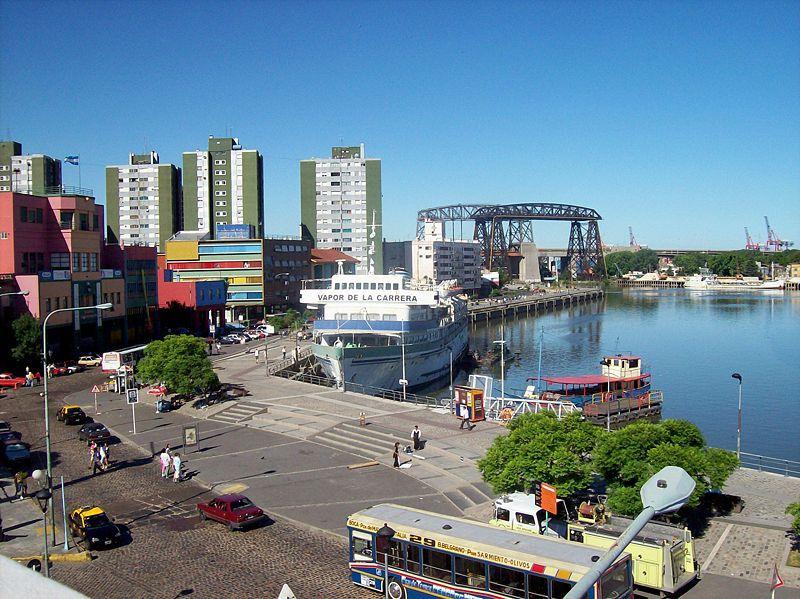 |
Fine Arts Outdoors Museum (Buenos Aires) |
| 2,4 Km |
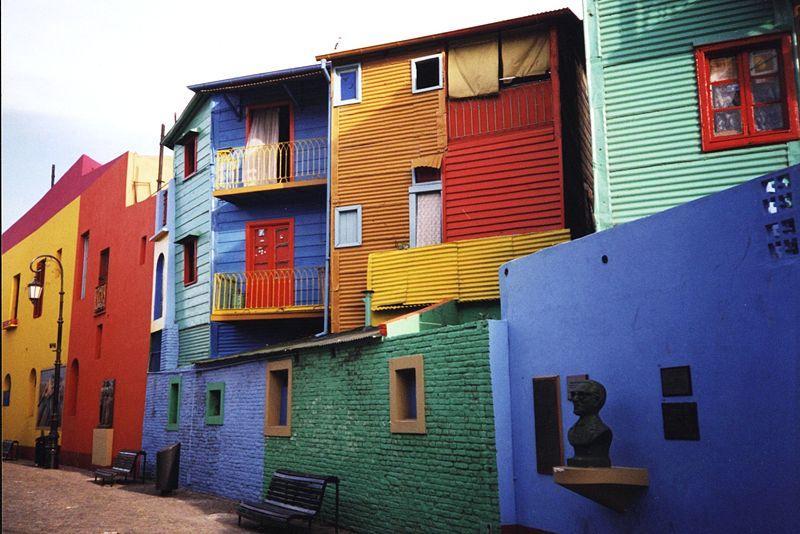 |
Pasaje Caminito |
| 2,4 Km |
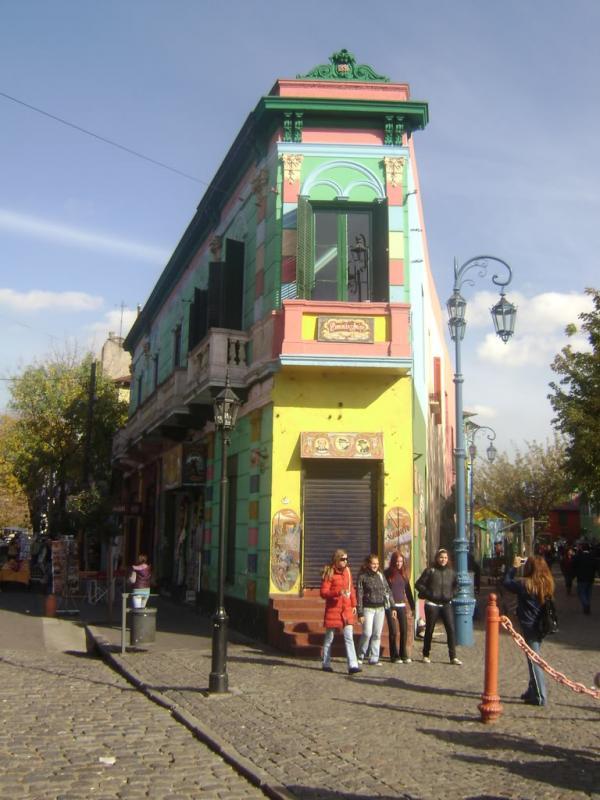 |
Wax Museum (Buenos Aires) |
| 2,4 Km |
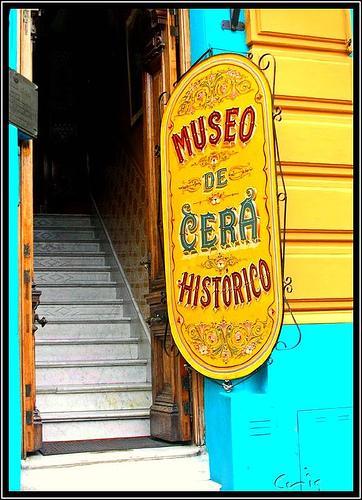 |
Santa Felicitas Church (Buenos Aires) |
| 2,7 Km |
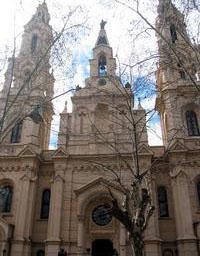 |
The Boca Court |
| 2,7 Km |
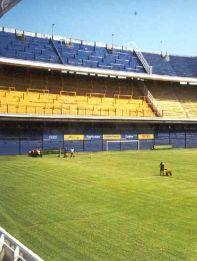 |
Boca Juniors stadium in Buenos Aires |
| 2,7 Km |
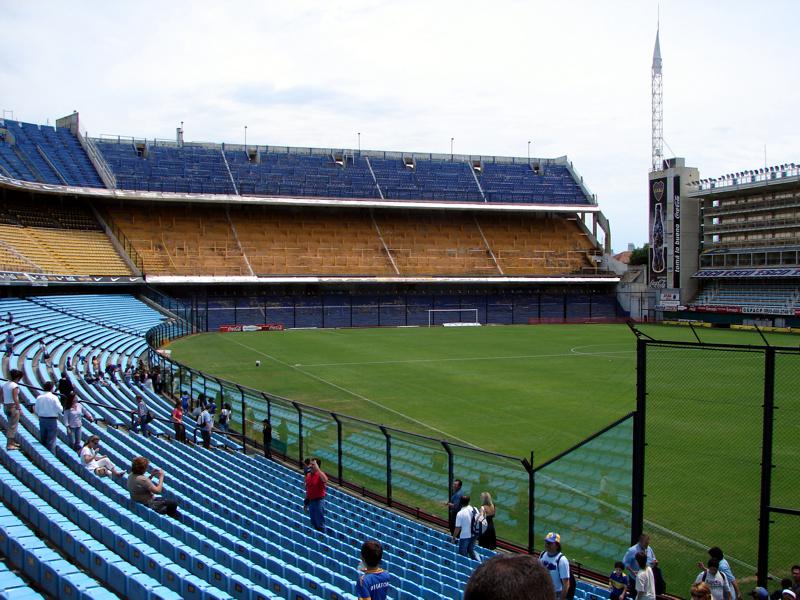 |
Museum of Fine Arts of La Boca ´´benito Quinquela Martín´´: |
| 2,8 Km |
 |
Quinquela Martin Museum (Buenos Aires) |
| 2,8 Km |
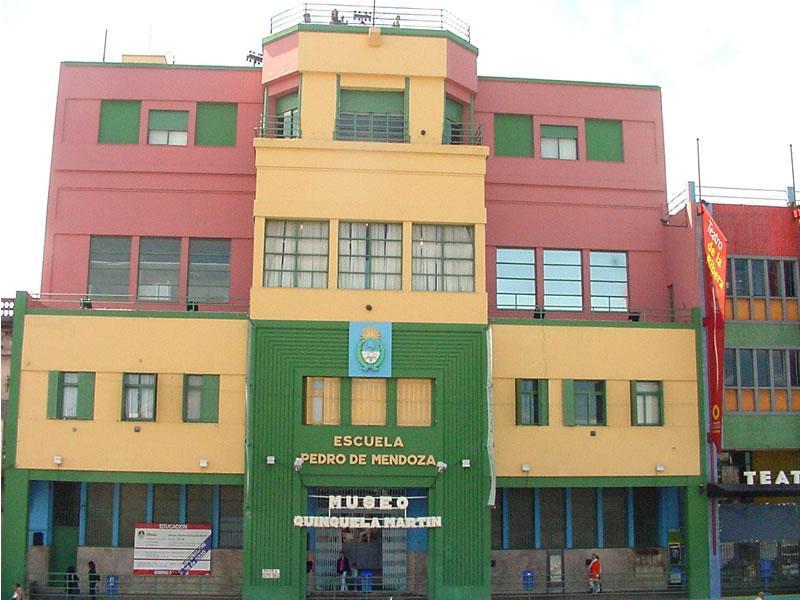 |
Recoleta Cultural Center |
| 3,3 Km |
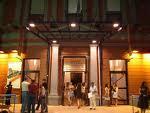 |
Our Lady of Pilar Basilica |
| 3,3 Km |
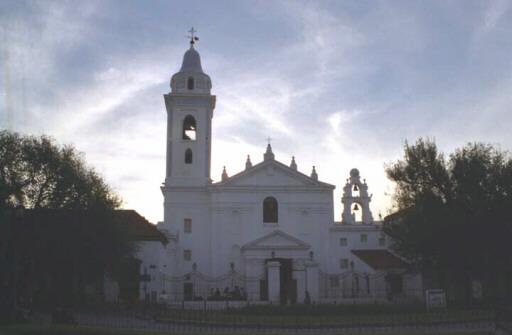 |
Our Lady of the Church of the Immigrants (Buenos Aires) |
| 3,6 Km |
 |
Lezama Park |
| 3,7 Km |
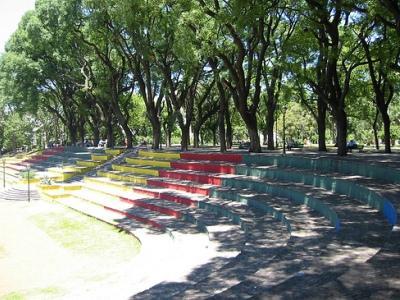 |
National historical museum |
| 3,8 Km |
 |
National Historical Museum (Buenos Aires) |
| 3,8 Km |
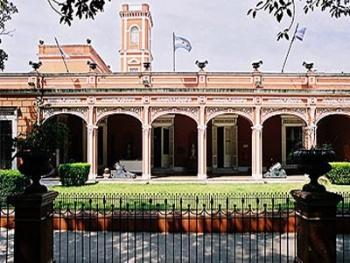 |
Museum of the City of Buenos Aires |
| 3,8 Km |
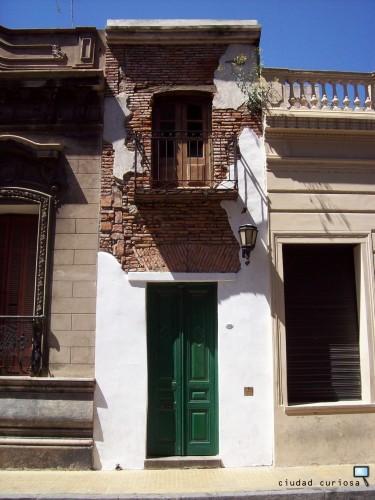 |
Russian orthodox church |
| 3,9 Km |
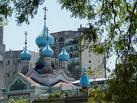 |
Russian Orthodox Church (Buenos Aires) |
| 3,9 Km |
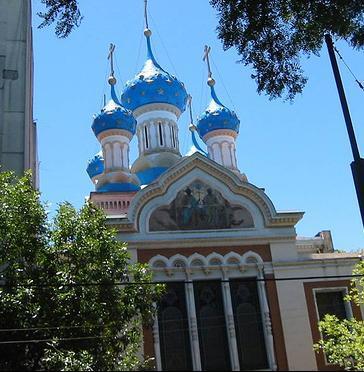 |
Constitution Square |
| 4,1 Km |
 |
Plaza constitution |
| 4,1 Km |
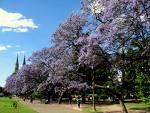 |
Contemporary Art Museum |
| 4,1 Km |
 |
Cinema Museum |
| 4,3 Km |
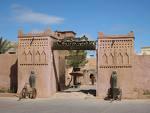 |
Museum of Modern Art of Bs.as. |
| 4,3 Km |
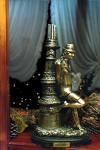 |
Corvette Ship Uruguay Museum |
| 4,3 Km |
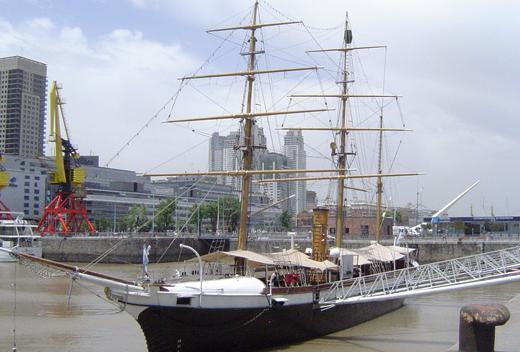 |
Our Lady of Bethlehem Church (Buenos Aires) |
| 4,4 Km |
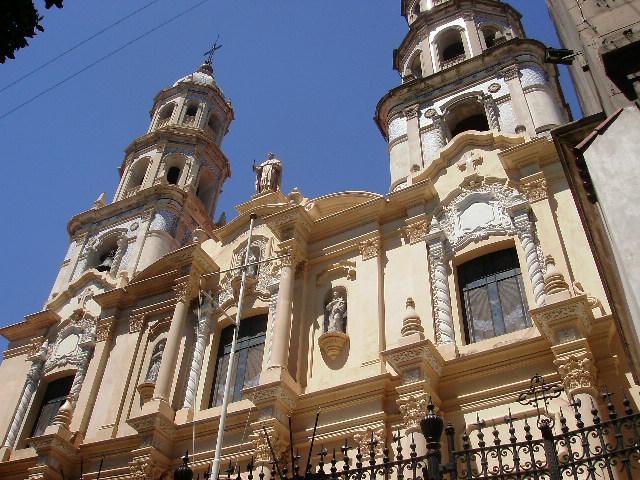 |
Dorrego Square |
| 4,5 Km |
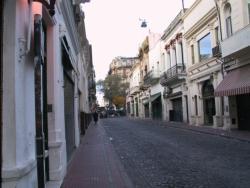 |
Dorrego Square |
| 4,5 Km |
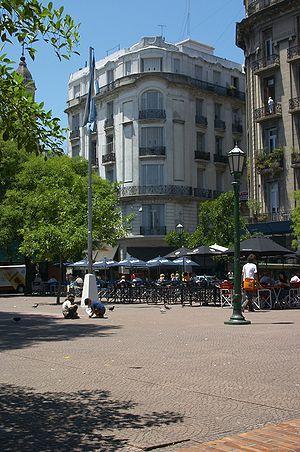 |
Dorrego Square |
| 4,5 Km |
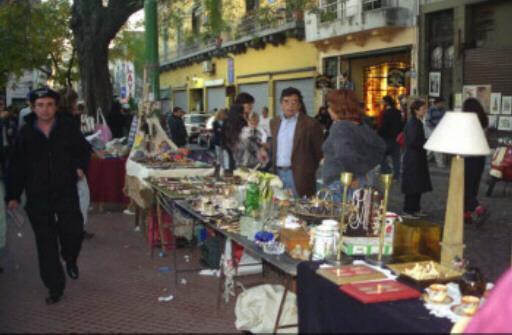 |
San Telmo |
| 4,5 Km |
 |
Danish Church (Buenos Aires) |
| 4,6 Km |
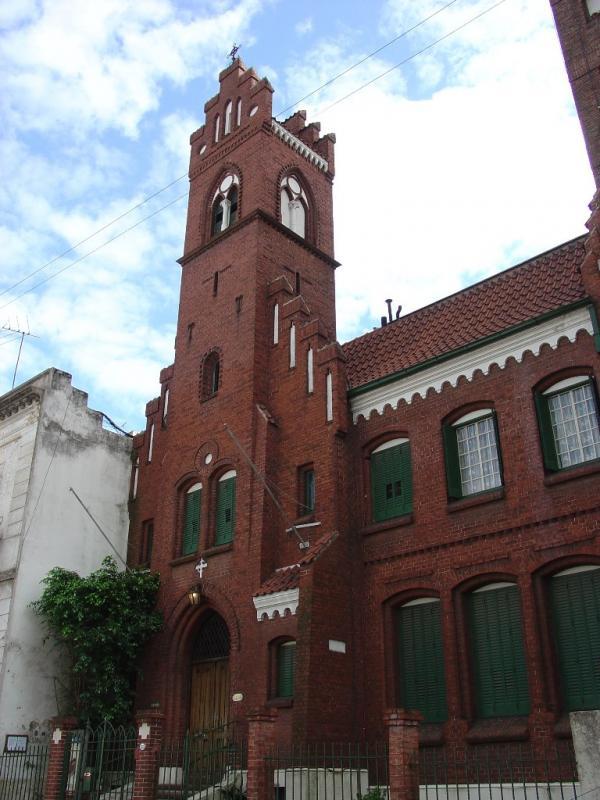 |
San Telmo Market |
| 4,6 Km |
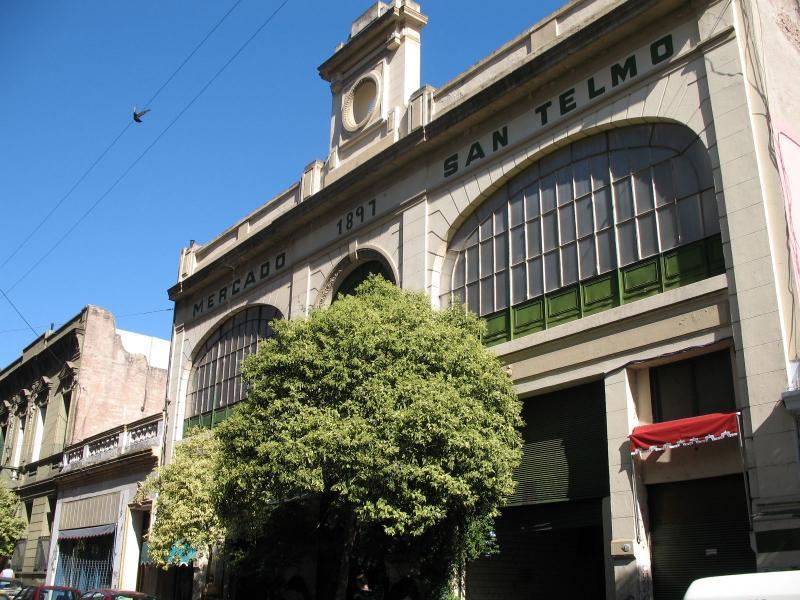 |
Work Song Monument |
| 4,7 Km |
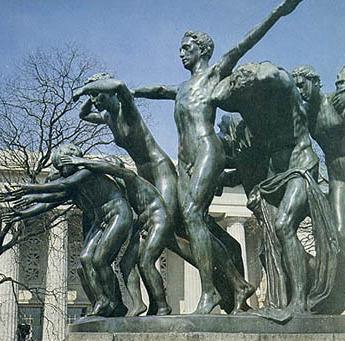 |
Las Nereidas Font |
| 4,8 Km |
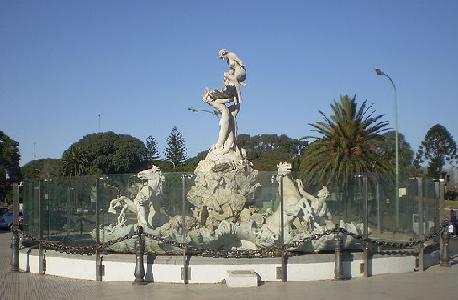 |
San Lorenzo Passage |
| 4,9 Km |
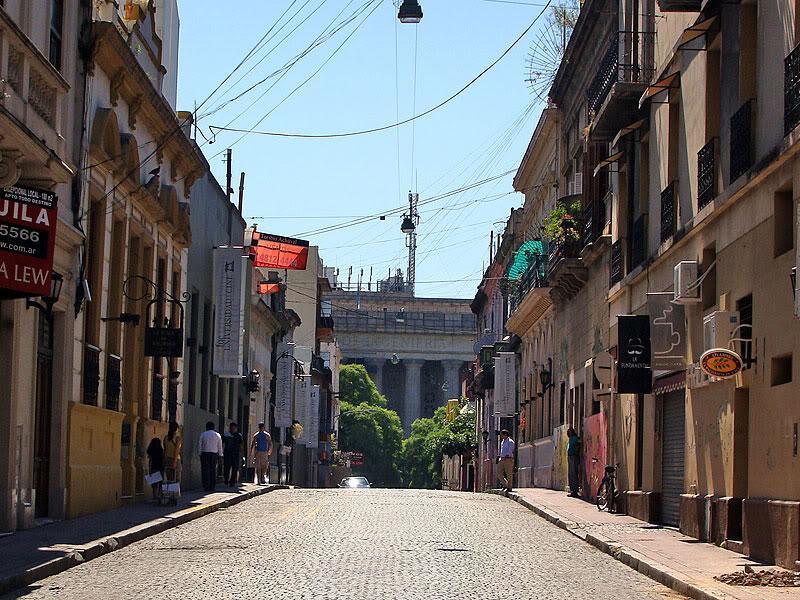 |
Holy House of Spiritual Exercises |
| 5,0 Km |
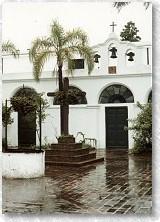 |
Togneri Passage |
| 5,3 Km |
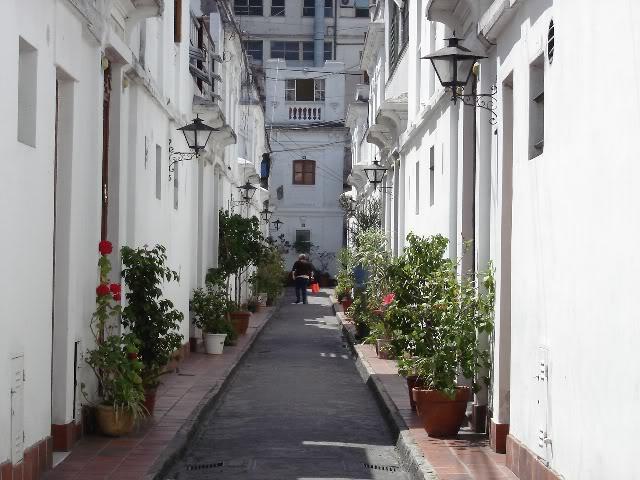 |
Basilica of the Holy Rosary and Convent of Santo Domingo |
| 5,3 Km |
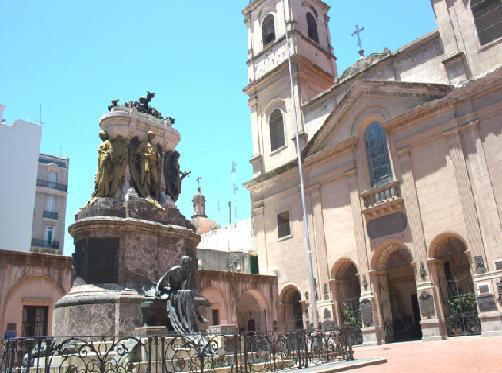 |
Engraving National Museum (Buenos Aires) |
| 5,4 Km |
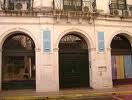 |
Tango Monument |
| 5,5 Km |
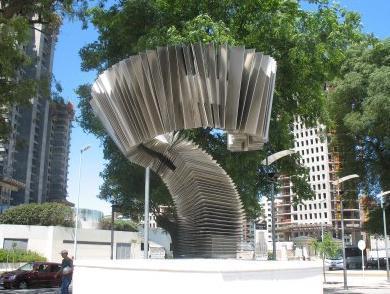 |
Juan Ambrosetti Ethnographic Museum (Buenos Aires) |
| 5,5 Km |
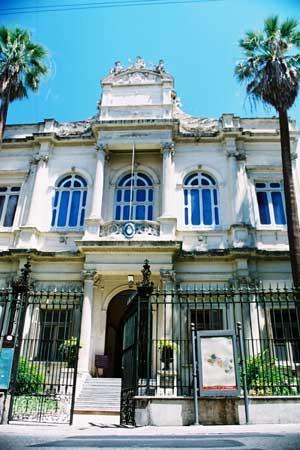 |
Apple of Lights |
| 5,5 Km |
 |
San Ignacio Church (Buenos Aires) |
| 5,6 Km |
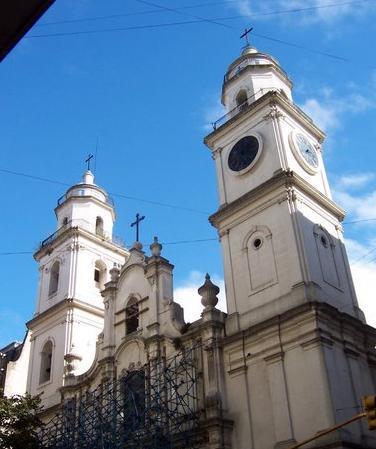 |
Museum of the City |
| 5,6 Km |
 |
Saint Francis Basilica (Buenos Aires) |
| 5,6 Km |
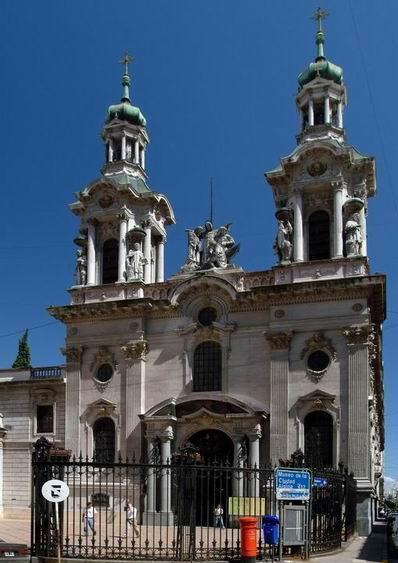 |
Maria Josefa Ezcurra's House |
| 5,6 Km |
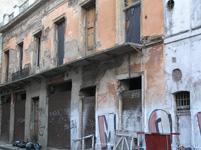 |
Fragata Ara Museum President Sarmiento Ship |
| 5,7 Km |
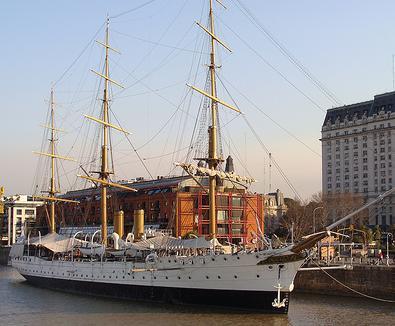 |
Enrique Santos Discépolo Square |
| 5,7 Km |
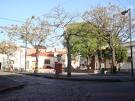 |
El Cabildo |
| 5,8 Km |
 |
Historical Museum of the Cabildo and the May Revolution |
| 5,8 Km |
 |
Casa Rosada Museum |
| 5,8 Km |
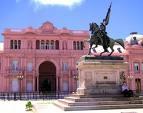 |
Casa Rosa Museum (Buenos Aires) |
| 5,8 Km |
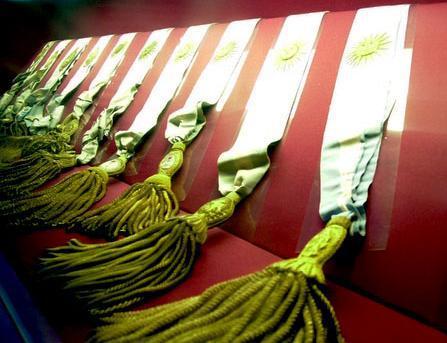 |
Casa de Gobiermo. (Casa Rosada) |
| 5,8 Km |
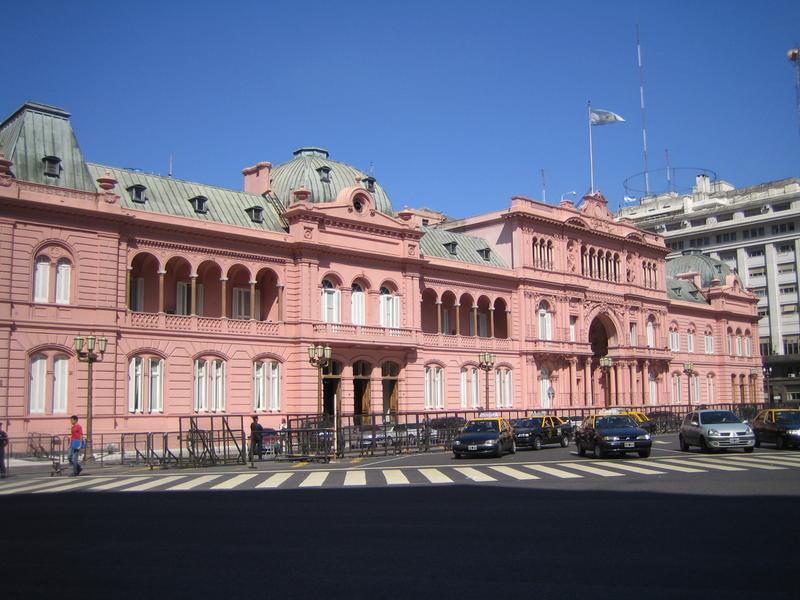 |
Plaza de Mayo |
| 5,8 Km |
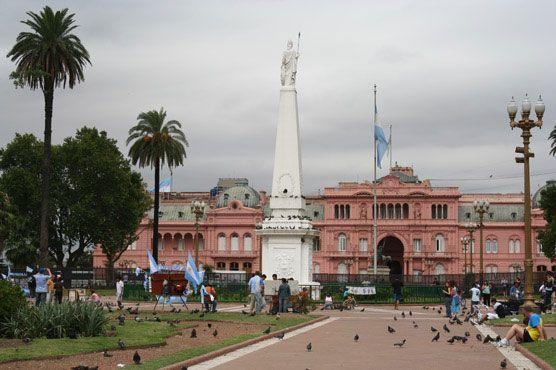 |
Roverano Passage |
| 5,8 Km |
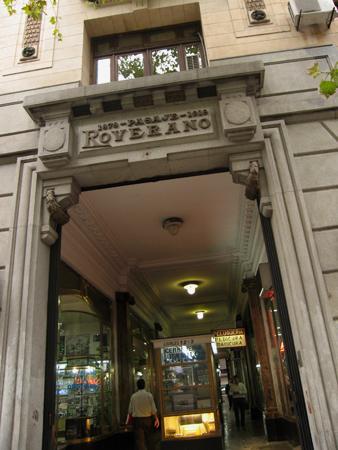 |
Government Palace or Casa Rosada |
| 5,8 Km |
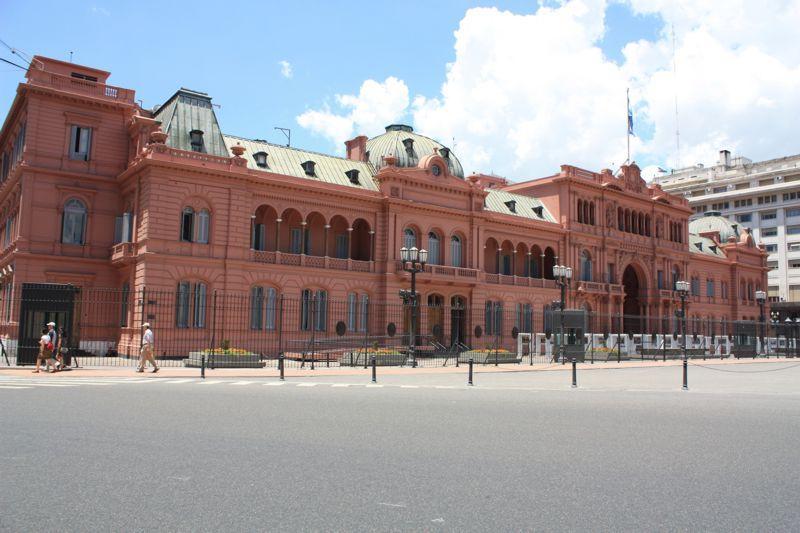 |
House of Culture |
| 5,8 Km |
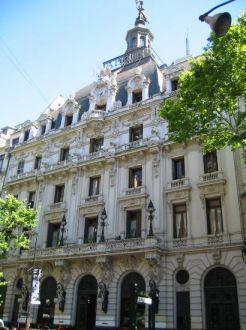 |
May Pyramid |
| 5,8 Km |
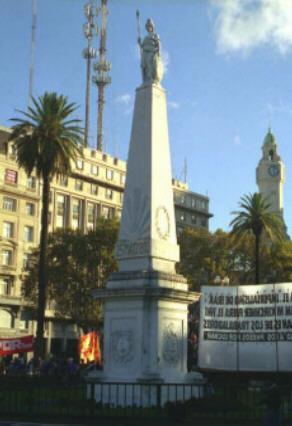 |
Buenos Aires - Información General |
| 5,8 Km |
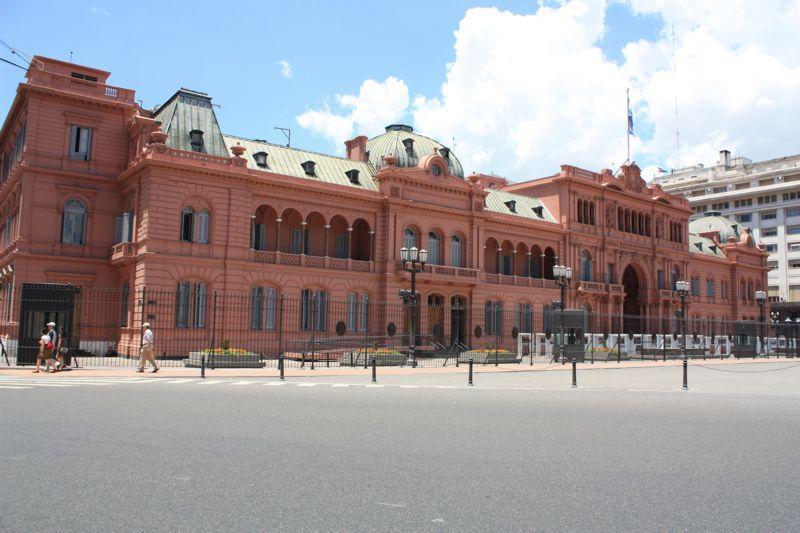 |
Woman's bridge |
| 5,8 Km |
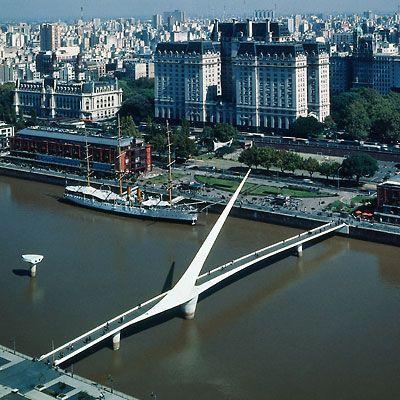 |
Woman's Bridge |
| 5,8 Km |
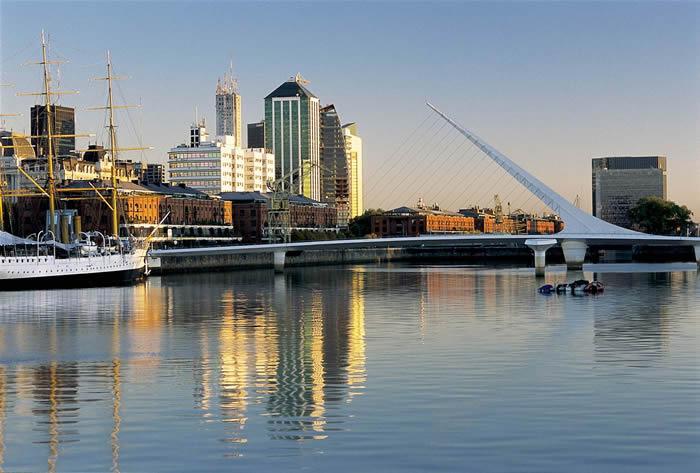 |
Santa Rosa de Lima Sanctuary |
| 5,8 Km |
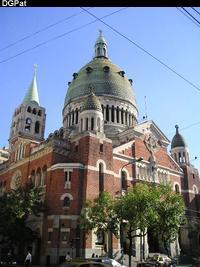 |
Catedral Metropolitana |
| 5,9 Km |
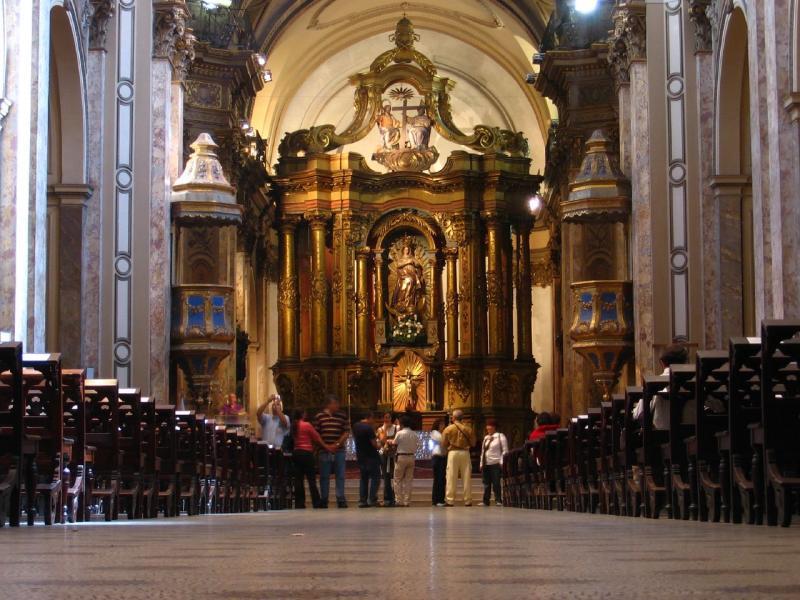 |
World Tango Museum (Buenos Aires) |
| 5,9 Km |
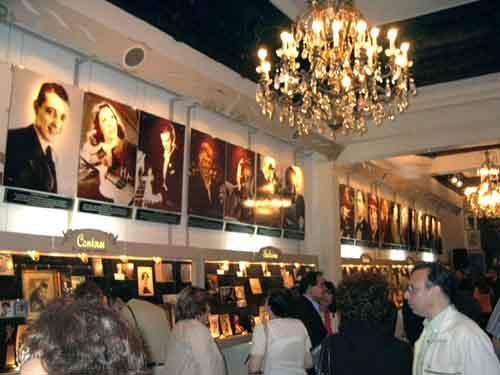 |
The 36 Billares Bar |
| 5,9 Km |
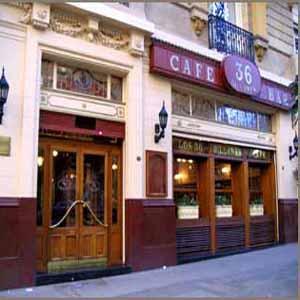 |
Barolo Palace |
| 5,9 Km |
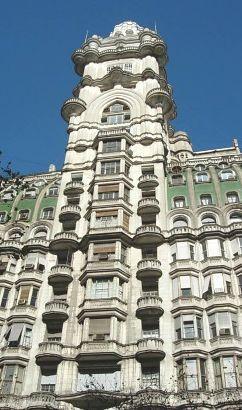 |
Plaza de los dos Congresos |
| 6,0 Km |
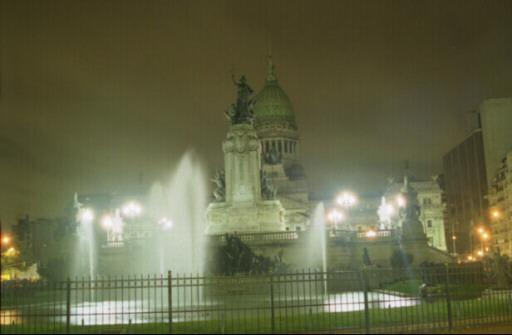 |
Monument to the 2 Congresses |
| 6,0 Km |
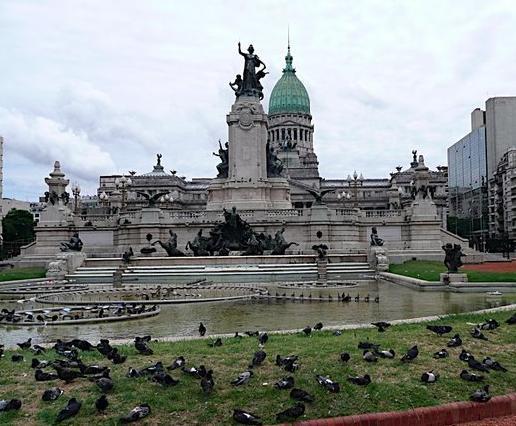 |
San Nicolás neighborhood (Buenos Aires City) |
| 6,1 Km |
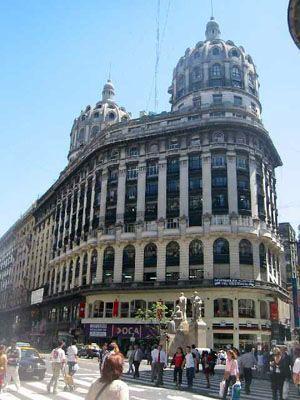 |
9 de Julio Avenue |
| 6,1 Km |
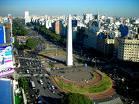 |
City Museum (Buenos Aires) |
| 6,1 Km |
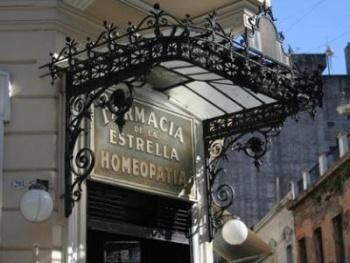 |
Piedade Catedral (Buenos Aires) |
| 6,2 Km |
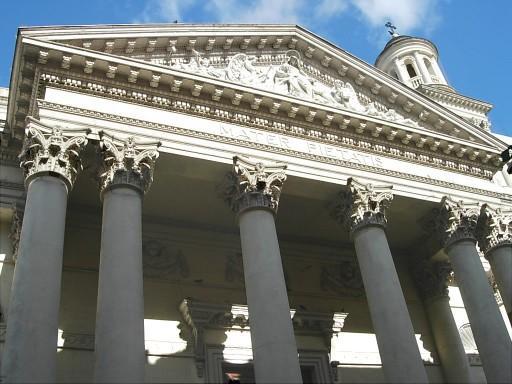 |
Primero de Mayo Square |
| 6,2 Km |
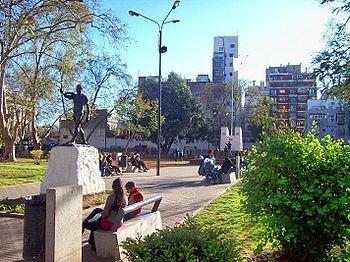 |
Anglican Cathedral San Juan Bautista (Buenos Aires) |
| 6,2 Km |
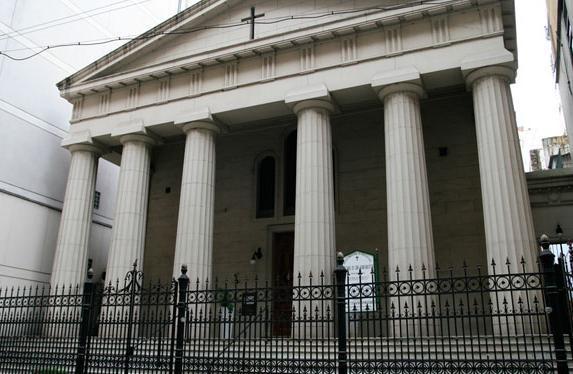 |
Puerto Madero |
| 6,2 Km |
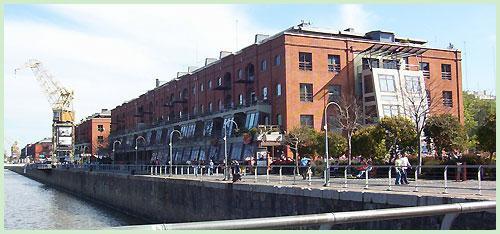 |
Miter Museum |
| 6,3 Km |
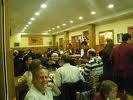 |
Florida street |
| 6,3 Km |
 |
Ecological Reserve |
| 6,3 Km |
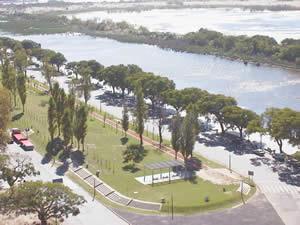 |
Central mail |
| 6,4 Km |
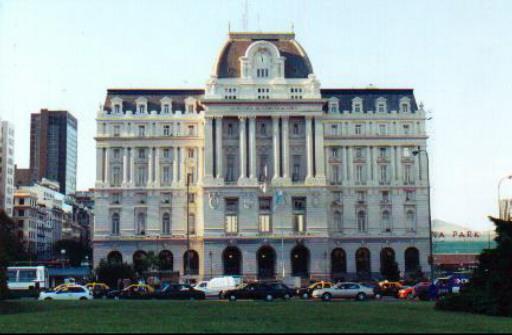 |
Republic Square |
| 6,4 Km |
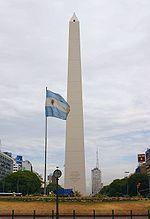 |
Republic Square |
| 6,5 Km |
 |
Miserere Square |
| 6,7 Km |
 |
Santos Discépolo Passage |
| 6,7 Km |
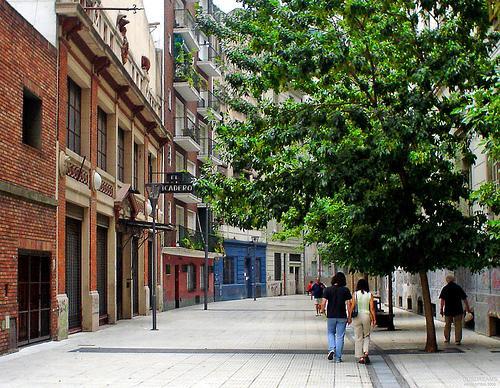 |
Miserere Square |
| 6,7 Km |
 |
Lavalle Street |
| 6,8 Km |
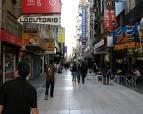 |
Lavalle Square |
| 6,9 Km |
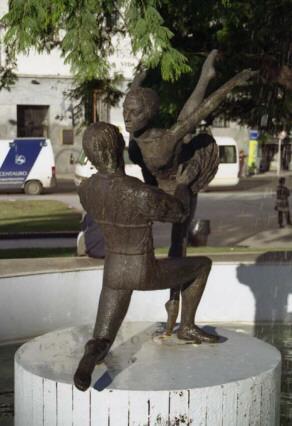 |
Jewish Museum of Buenos Aires |
| 6,9 Km |
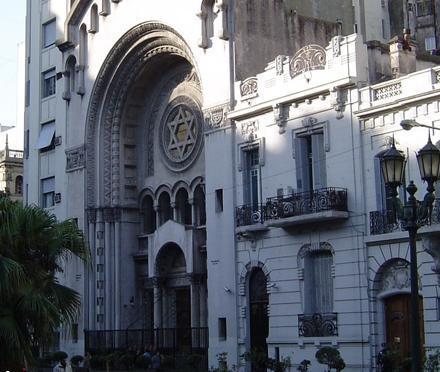 |
Dellepiane Passage |
| 7,0 Km |
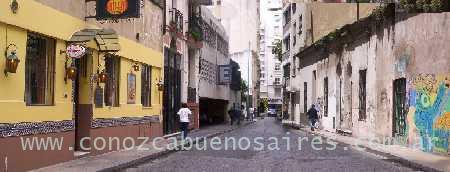 |
Synagogue of the Israeli Congregation (Buenos Aires) |
| 7,0 Km |
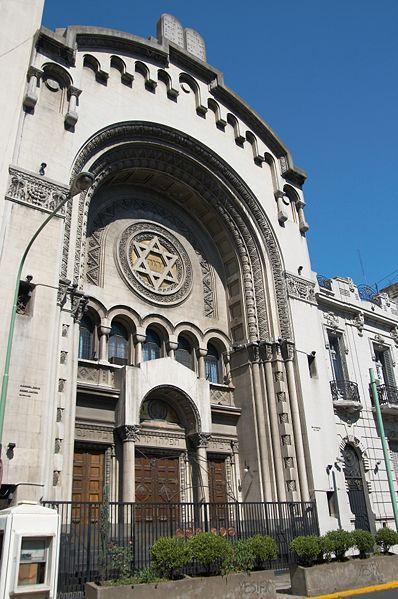 |
Basilica of the Blessed Sacrament (Buenos Aires) |
| 7,2 Km |
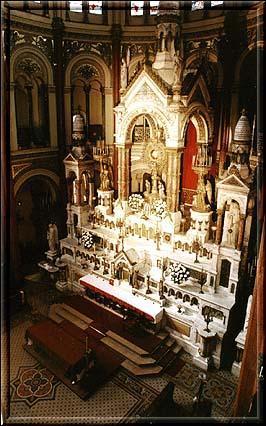 |
Corina Kavanagh Passage |
| 7,2 Km |
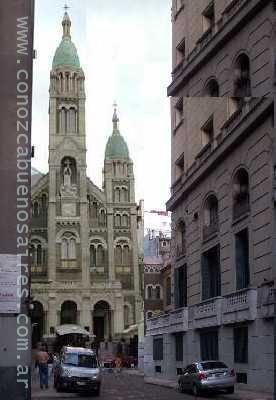 |
San Martin Plaza |
| 7,3 Km |
 |
Kavanagh Building |
| 7,3 Km |
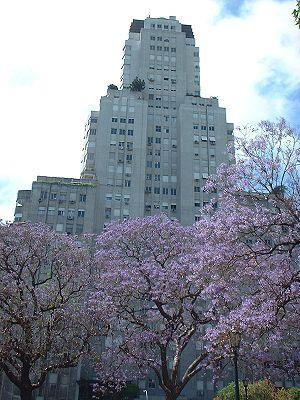 |
San Carlos Passage |
| 7,3 Km |
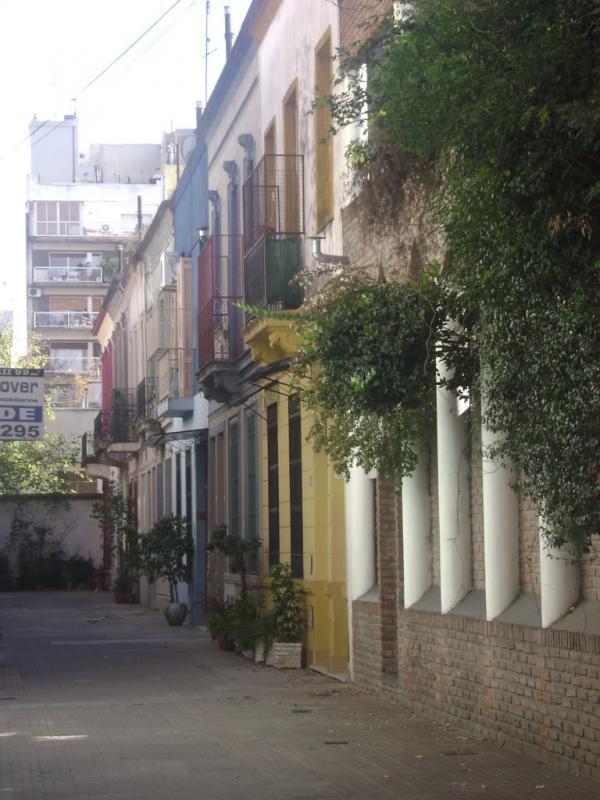 |
Saint Martin Monument |
| 7,4 Km |
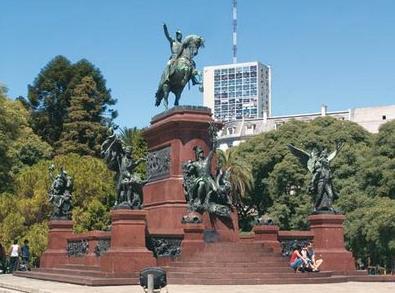 |
Houssay Square |
| 7,4 Km |
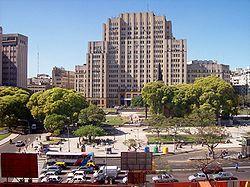 |
General San Martin Square |
| 7,4 Km |
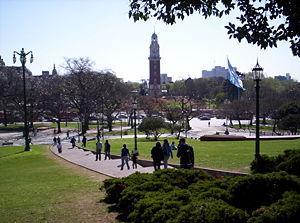 |
Corrientes Avenue |
| 7,4 Km |
 |
San Martin Square |
| 7,4 Km |
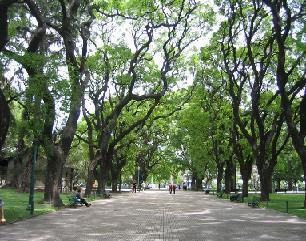 |
Basilica of Saint Nicholas of Bari |
| 7,4 Km |
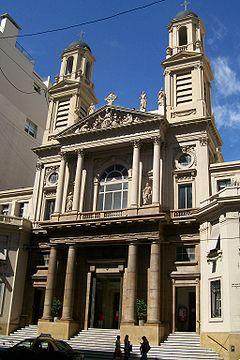 |
Abasto neighborhood |
| 7,5 Km |
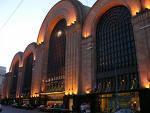 |
Carlos Gardel House Museum |
| 7,6 Km |
 |
Carlos Gardel House Museum (Buenos Aires) |
| 7,6 Km |
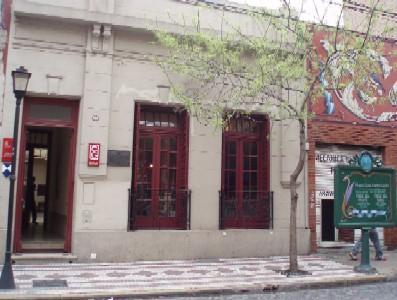 |
La Torre de los Ingleses |
| 7,6 Km |
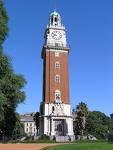 |
Vicente López Square |
| 7,7 Km |
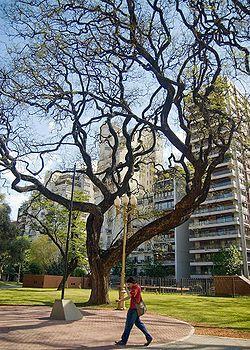 |
Retiro Station |
| 7,7 Km |
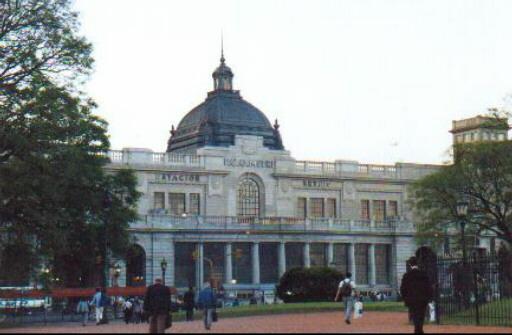 |
Solís Square |
| 7,7 Km |
 |
Almagro Square |
| 7,7 Km |
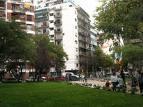 |
Hispanic-American Art Museum ´´Isaac Fernández Blanco´´ |
| 7,8 Km |
 |
Passage of the Mail |
| 7,9 Km |
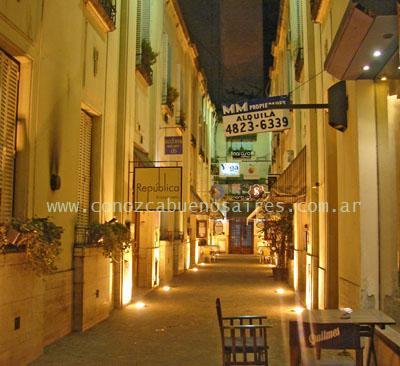 |
Almagro neighborhood |
| 8,1 Km |
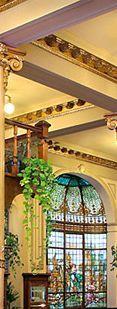 |
Ricardo Rojas House |
| 8,2 Km |
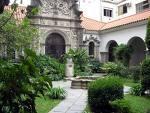 |
Cementerio de la Recoleta |
| 8,3 Km |
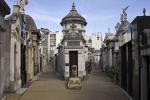 |
National Museum of Immigration (Buenos Aires) |
| 8,4 Km |
 |
Basilica of Our Lady of Pilar (Buenos Aires) |
| 8,4 Km |
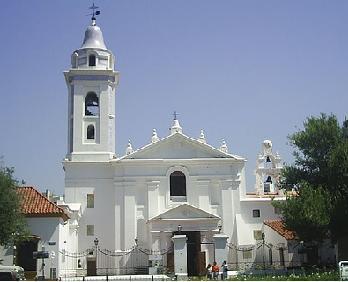 |
Palais de Glace |
| 8,5 Km |
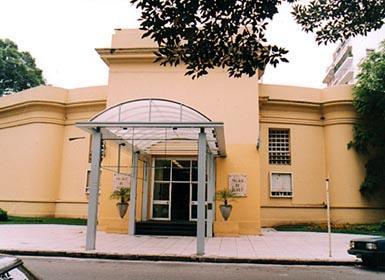 |
Intendente Alvear Square |
| 8,6 Km |
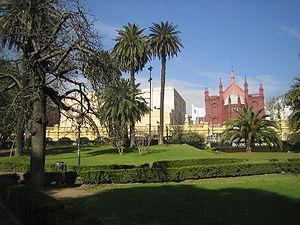 |
Centennial Park (Buenos Aires) |
| 8,7 Km |
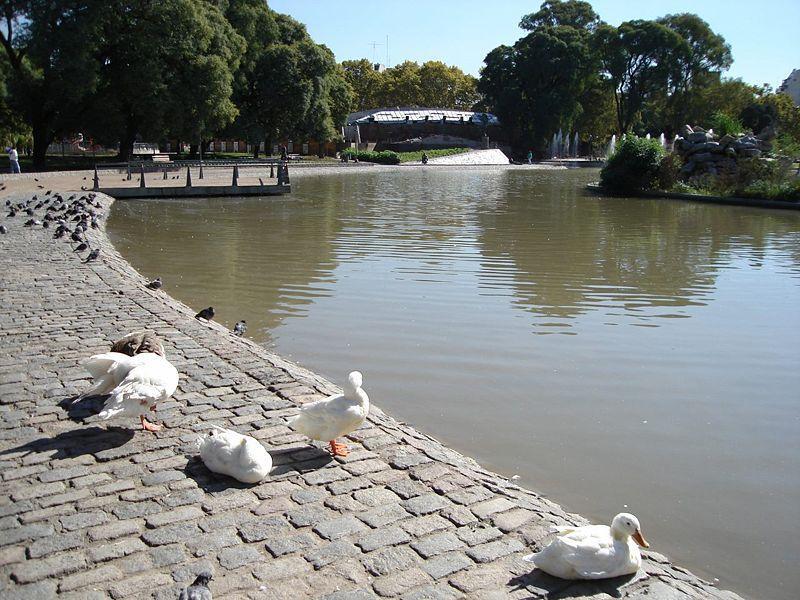 |
National museum of fine arts |
| 8,8 Km |
 |
National Museum of Fine Arts |
| 8,8 Km |
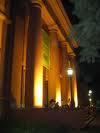 |
Fine Arts National Museum (Buenos Aires) |
| 8,8 Km |
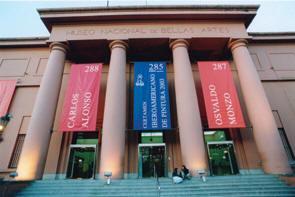 |
Santa Fe Avenue |
| 8,8 Km |
 |
National Library |
| 8,9 Km |
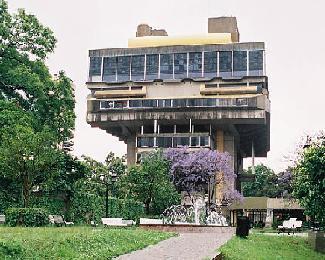 |
Natural Sciences Bernardino Rivadavia Museum (Buenos Aires) |
| 8,9 Km |
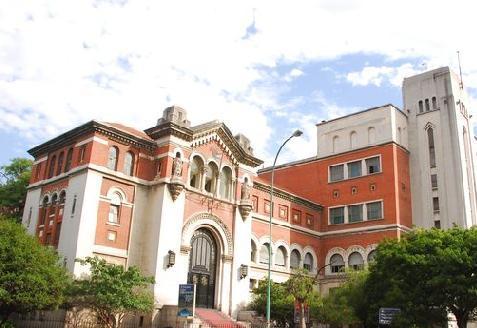 |
Recoleta |
| 9,1 Km |
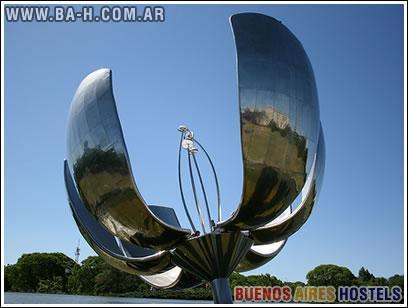 |
United Nations Square |
| 9,1 Km |
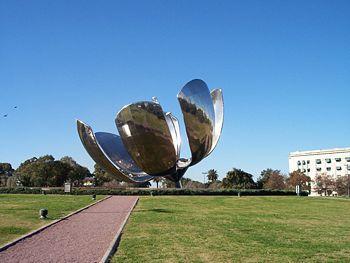 |
Decorative Art National Museum (Buenos Aires) |
| 9,2 Km |
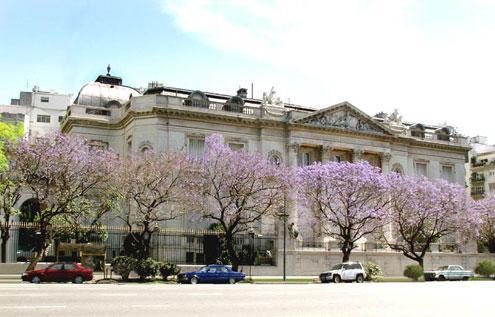 |
National Museum of Decorative Art |
| 9,2 Km |
 |
Puerto de Buenos Aires |
| 9,4 Km |
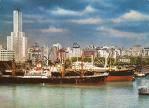 |
Victoria Ocampo House |
| 9,4 Km |
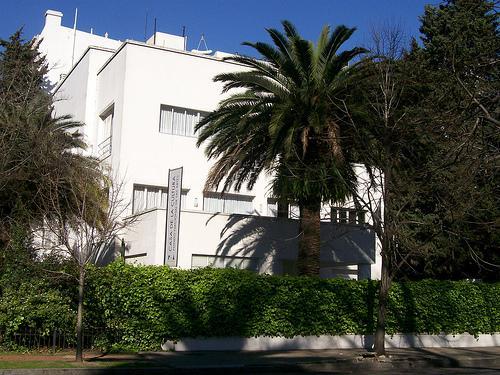 |
Fishermen Passage |
| 9,5 Km |
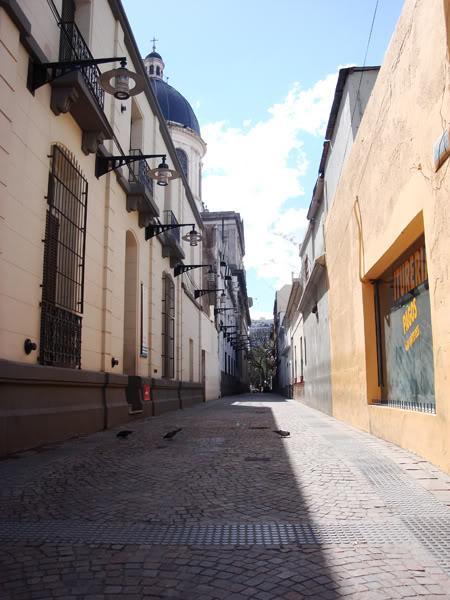 |
Gerónimo Mirror Passage |
| 9,5 Km |
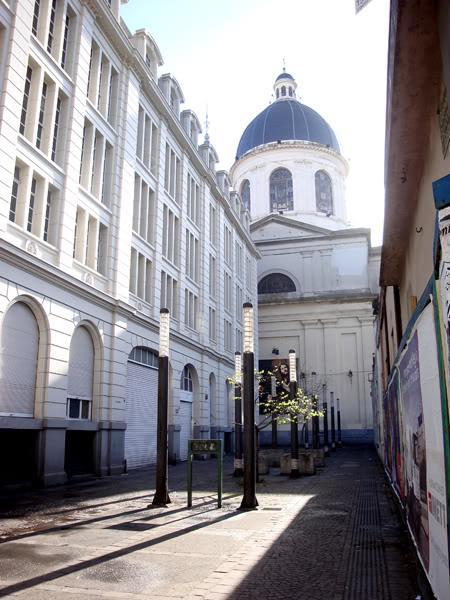 |
General Pueyrredón Square |
| 9,6 Km |
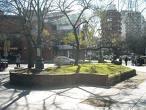 |
Museum of Popular Art ´´josé Hernández´´: |
| 9,6 Km |
 |
Ireland Square |
| 9,8 Km |
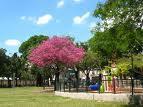 |
Museum of Latin American Art of Buenos Aires |
| 9,8 Km |
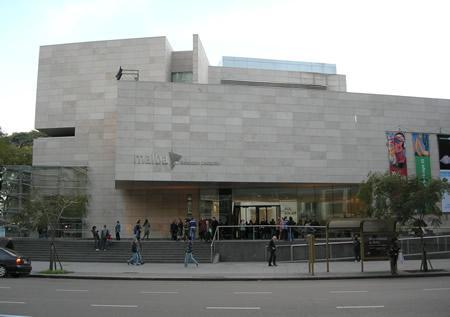 |
Botanical Garden of Buenos Aires |
| 9,8 Km |
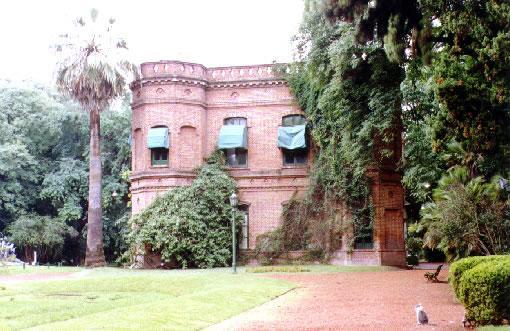 |
Russel passage |
| 9,9 Km |
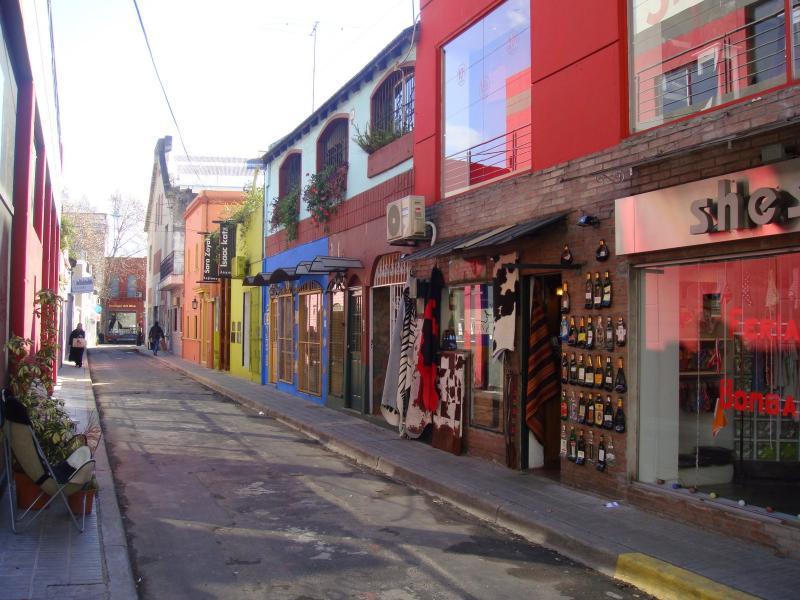 |
Evita Museum (Buenos Aires) |
| 9,9 Km |
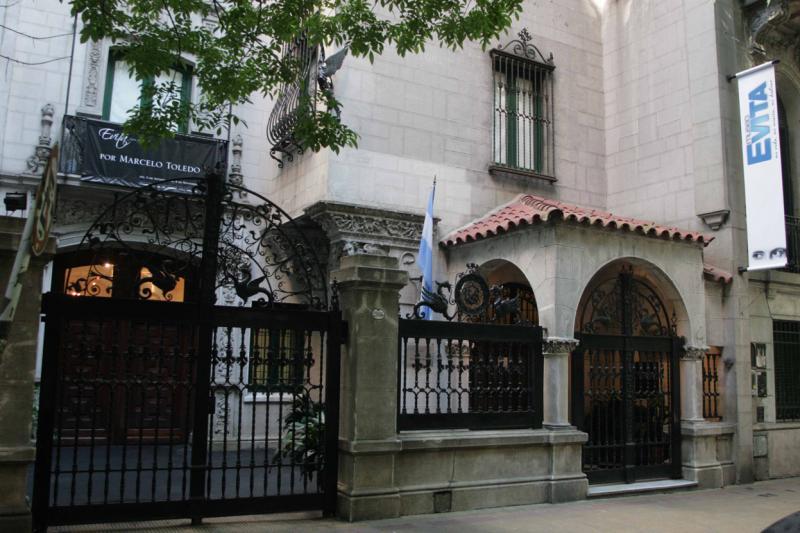 |
Buenos Aires Museum of Latin American Art |
| 10,0 Km |
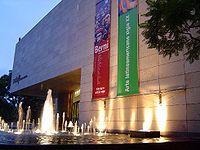 |
Palermo Soho |
| 10,0 Km |
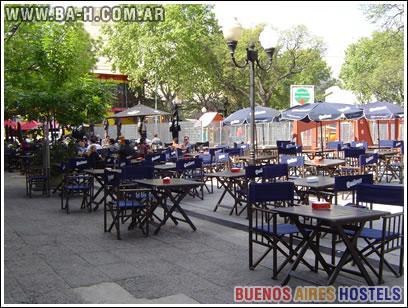 |
Zoológico de Buenos Aires |
| 10,1 Km |
 |
Italia Square |
| 10,1 Km |
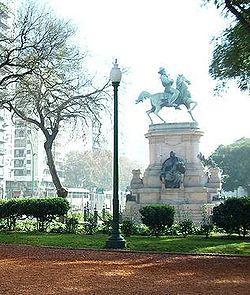 |
Zoo Garden |
| 10,1 Km |
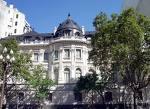 |
Plaza Italia |
| 10,1 Km |
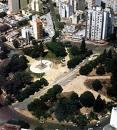 |
Japanese Garden (Buenos Aires) |
| 10,3 Km |
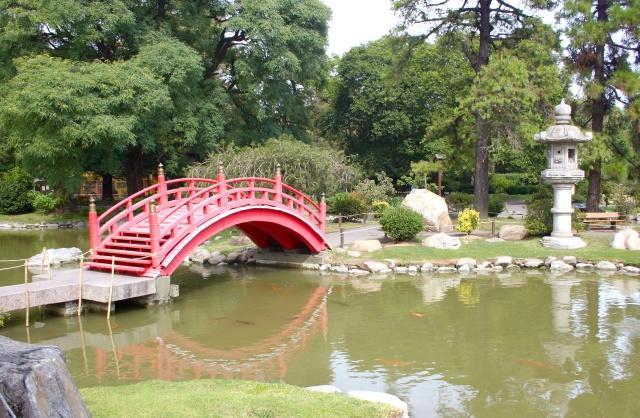 |
Cathedral of Our Lady of Peace |
| 10,3 Km |
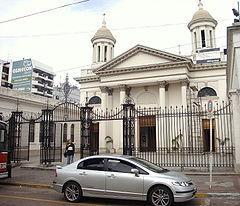 |
Japanese garden |
| 10,3 Km |
 |
El Rosedal en Palermo |
| 10,3 Km |
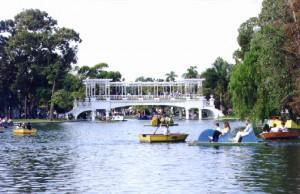 |
Palermo Hollywood |
| 10,4 Km |
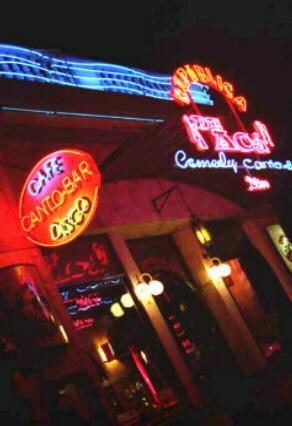 |
La Rural Exhibition Center |
| 10,4 Km |
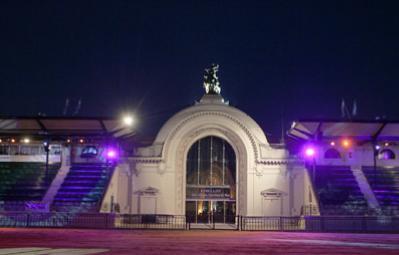 |
Monument to the Spanish |
| 10,5 Km |
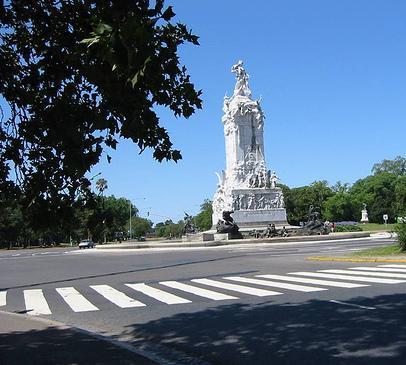 |
North Coast |
| 10,6 Km |
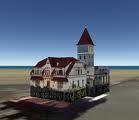 |
Parque Tres de Febrero. Palermo. Planetario Galileo Galilei |
| 10,9 Km |
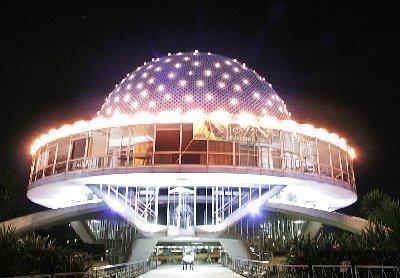 |
Barrio porteño de Palermo. |
| 10,9 Km |
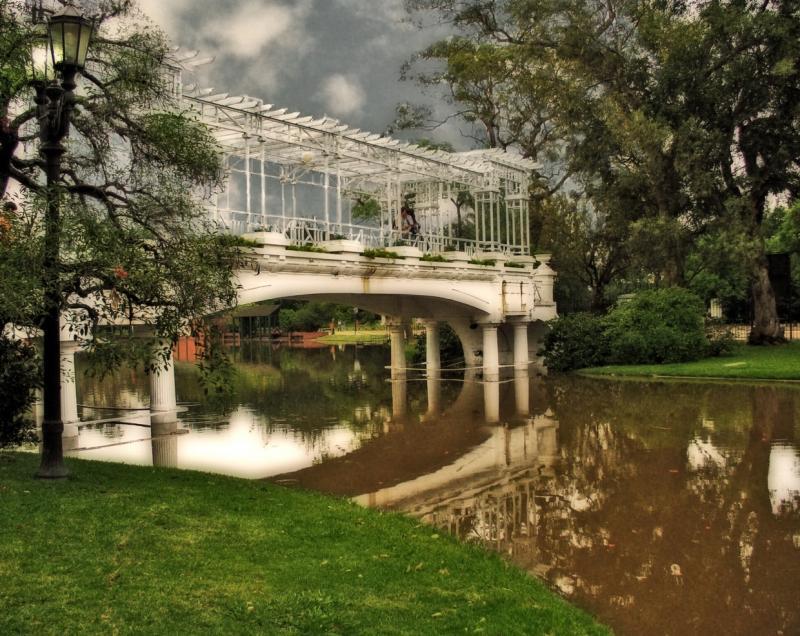 |
Museum of Plastic Arts ´´eduardo Sívori´´ |
| 11,0 Km |
 |
Hipódromo Argentino |
| 11,8 Km |
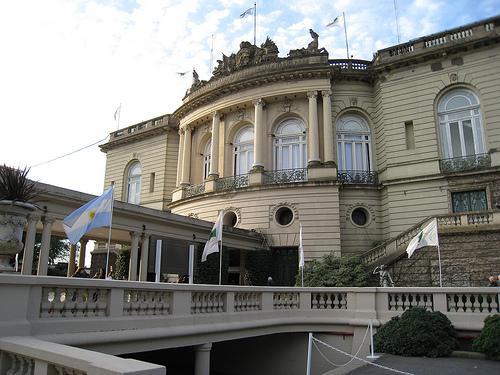 |
Jorge Newbery Airport |
| 12,1 Km |
 |
Mataderos Fair |
| 12,2 Km |
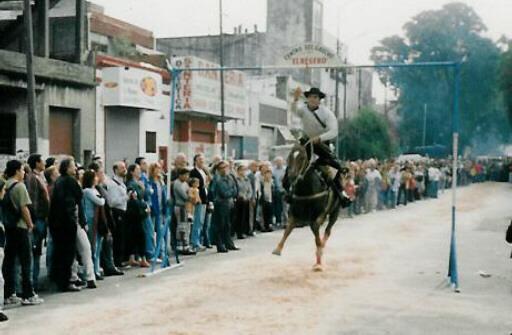 |
Lomas de Zamora City |
| 12,5 Km |
 |
Museum of the National Institute of Latin American Anthropology and Thought |
| 12,7 Km |
 |
Statue of Liberty |
| 13,3 Km |
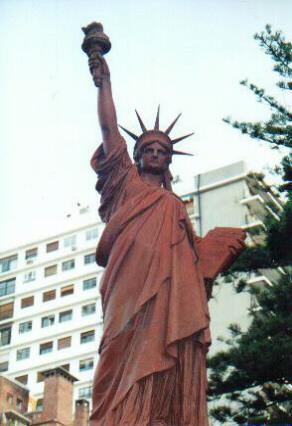 |
Barrancas de Belgrano |
| 13,5 Km |
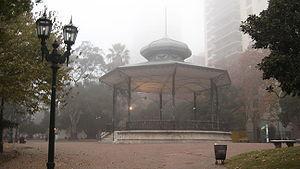 |
Manuel Belgrano Square |
| 13,6 Km |
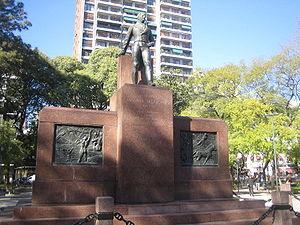 |
Sarmiento Historical Museum |
| 13,7 Km |
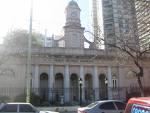 |
Larreta Garden Museum |
| 13,7 Km |
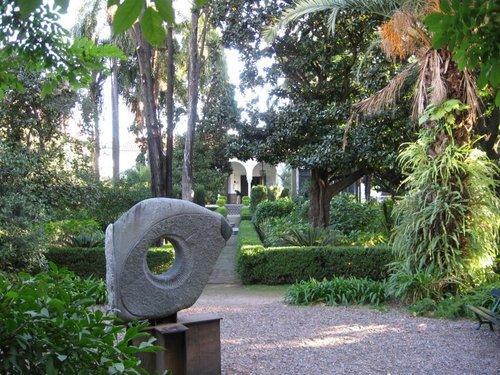 |
Museum of Spanish Art ´´Enrique Larreta´´: |
| 13,7 Km |
 |
Spanish Art Enrique Larreta Museum (Buenos Aires) |
| 13,7 Km |
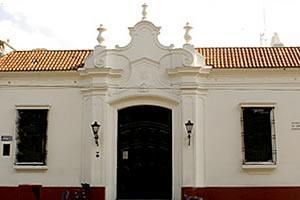 |
Chinatown |
| 13,7 Km |
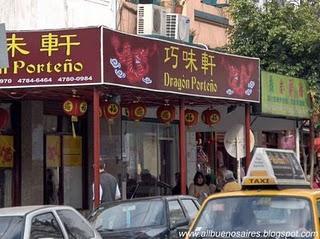 |
Terra Santa Theme Park (Buenos Aires) |
| 14,0 Km |
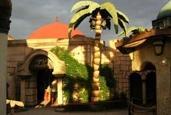 |
Yrurtia House Museum |
| 14,0 Km |
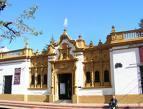 |
Sculpture Museum ´´luis Perlotti´´: |
| 14,1 Km |
 |
Marcos Sastre Square |
| 14,4 Km |
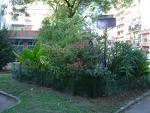 |
Basilica San Antonio de Padua |
| 14,5 Km |
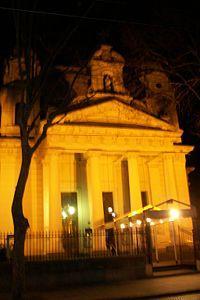 |
River Plate Stadium |
| 14,8 Km |
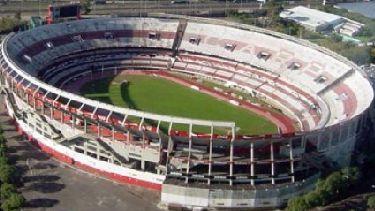 |
Arenales Square |
| 15,0 Km |
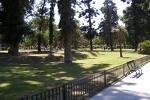 |
Alberdi Square |
| 15,7 Km |
 |
Adrogué city |
| 15,8 Km |
 |
March 1 Square, 1948 |
| 16,2 Km |
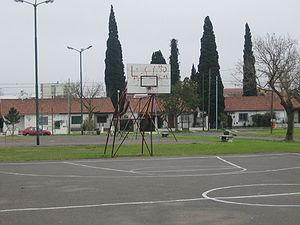 |
Benjamín Vicuña Mackenna Square |
| 16,4 Km |
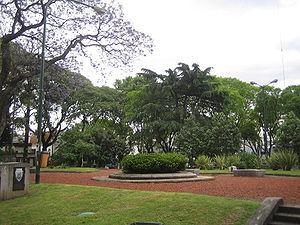 |
Cornelio de Saavedra Historical Museum |
| 16,4 Km |
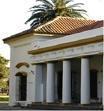 |
Monumento de los Españoles |
| 18,7 Km |
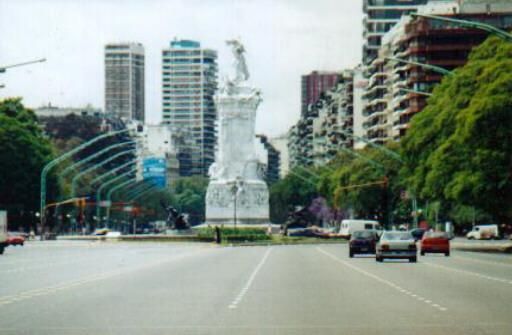 |
Burzaco City |
| 18,8 Km |
 |
Hotel reservation near Avellaneda within a radius of 20 km
Why to book with TOURISTISCHE ROUTEN
The best prices
Our partnerships with the world´s largest operators offer research on the best market prices.
More options
At Rotas Turisticos you can book the hotel, buy the air ticket, book the transfer from the airport to the hotel and vice versa, book the local excursions, rent the car, take travel insurance and consult the places to visit and where to go.
Holiday Tips & Destinations
Hundreds of holiday destinations with all the options that allow you to easily choose the destination that best suits your dream vacation.
TOURISTISCHE ROUTEN
Links


